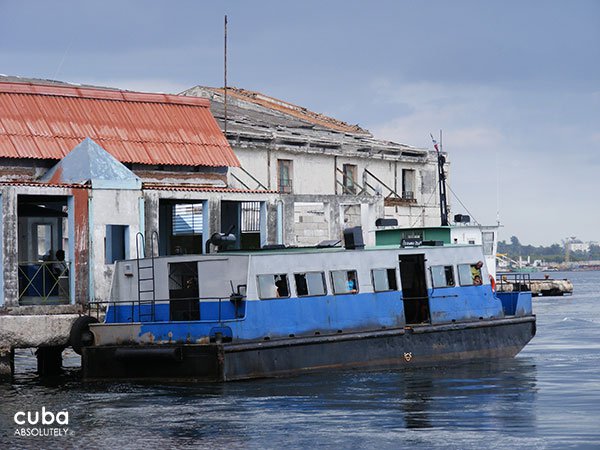This tiny ferry dock takes its name from Calle Luz, a nearby street. Somewhat battered passenger ferries shuttle across the bay to and from Regla and Casablanca, every 10-15 minutes or so.

Calle 23 LH  3
3
Calle 23, or 23rd Steet, is a central, busy street in El Vedado district. It begins at the sea and ends in a river, the Almendares. Its first five streets, from Malecón to L Street are known as La Ram …

Droguería Johnson LH  3
3
Tragically, after being beautifully restored by the City Historian’s Office, this pharmacy caught fire on March 16, 2005. Shelves, counters, the façade woodwork, porcelain ornaments and laboratory app …

Hotel Habana Libre LH  3
3
Located on the famous corner of 23 and L streets, the Habana Libre Hotel, with its 25 floors and 630 spacious rooms, stands majestically and offers an incomparable view of the bay. The building occupi …
 ModernL entre 23 y 25
ModernL entre 23 y 25 
Convento e Iglesia del Carmen LH  3
3
In 1923, members of the order of the Carmelites purchased a lot on the corner of Avenida del Presidente Menocal and Neptuno, where first they created a provisional chapel and later erected the majesti …
 EclecticOpen: Lauds: 8am; Vespers: 6:30pmInfanta entre Neptuno y Concordia
EclecticOpen: Lauds: 8am; Vespers: 6:30pmInfanta entre Neptuno y Concordia 
Coche Mambí LH  3
3
Outside the Museo Palacio de Gobierno sits a railway carriage, still on rails at the corner of Callejón Churruca. It originally belonged to the Cuban Railroad Company and beginning in 1902 was used by …

Hotel Ambos Mundos LH  3
3
This 1920s eclectic hotel is best known for being described by Hemingway as “a good place to write.” He stayed here during the 1930s and this is where he wrote his chronicles on fishing and the first …
 EclecticAdmission: FreeObispo #153, esq. a Mercaderes, Habana Vieja
EclecticAdmission: FreeObispo #153, esq. a Mercaderes, Habana Vieja 
Museo Nacional de la Danza LH  3
3
Opened in October, 1998, to coincide with the 50th anniversary of the National Ballet of Cuba, this museum features objects mainly from Alicia Alonso’s collection, as well as documentaries, costumes a …

El Torreón LH  3
3
Recently restored, El Torreón or as locals call it Castillito (literally, small castle), built in 1649 with blocks from the San Lázaro Quarry (where José Martí was sentenced to forced labor), was part …

Parque de los Mártires Universitarios LH  2
2
This cement park was built in 1967 to honor university students involved in Cuba’s independence struggles. The most notable element, located by the most important entrance, can be interpreted a fist, …

Cárcel de la Habana LH  2
2
Up until 1834 there were no prisons in Havana. Back then, prisoners were crammed together in a small area on the Palacio de Gobierno’s basement. With this in mind, Lieutenant General Miguel Tacón, Gov …









